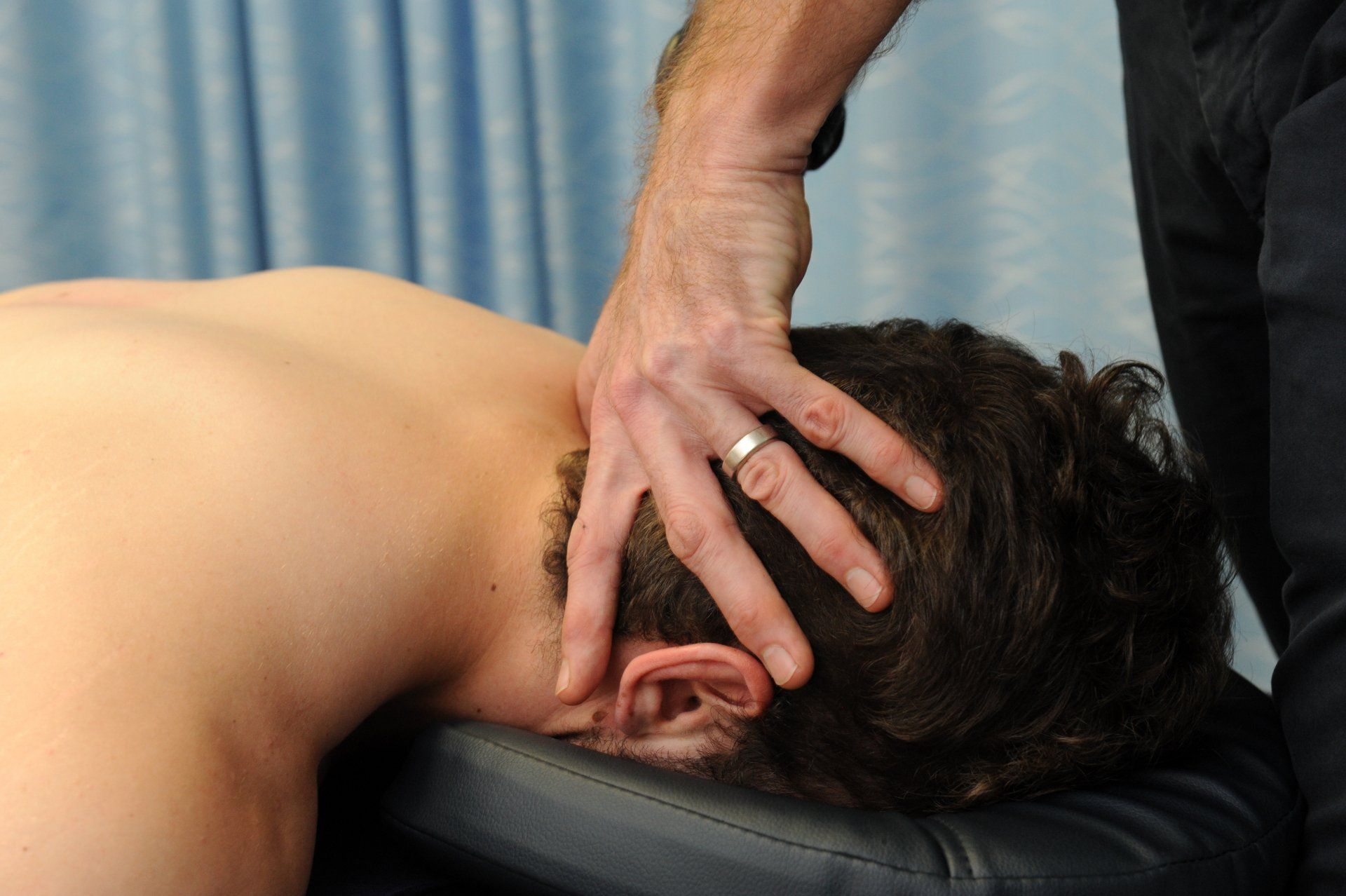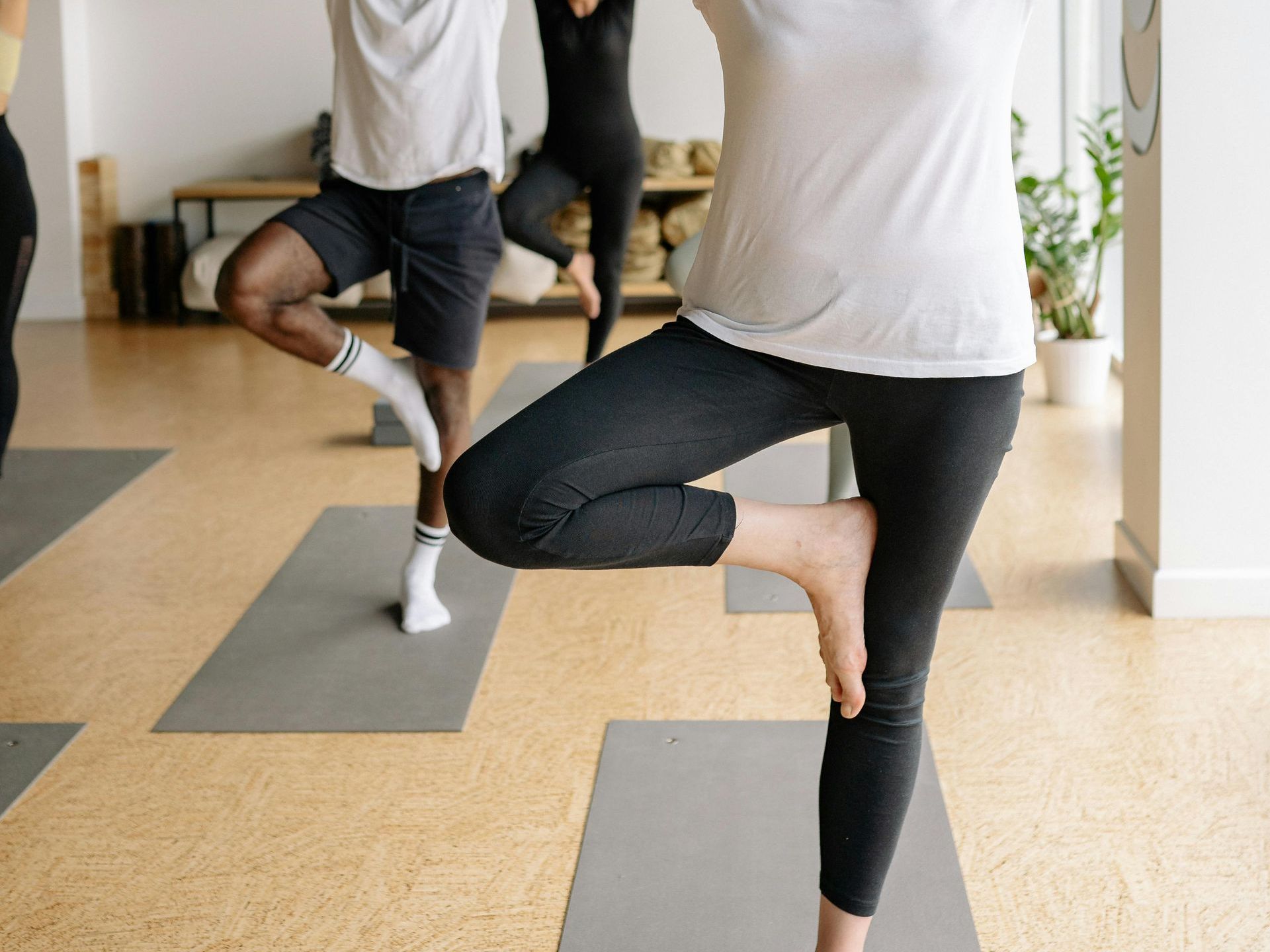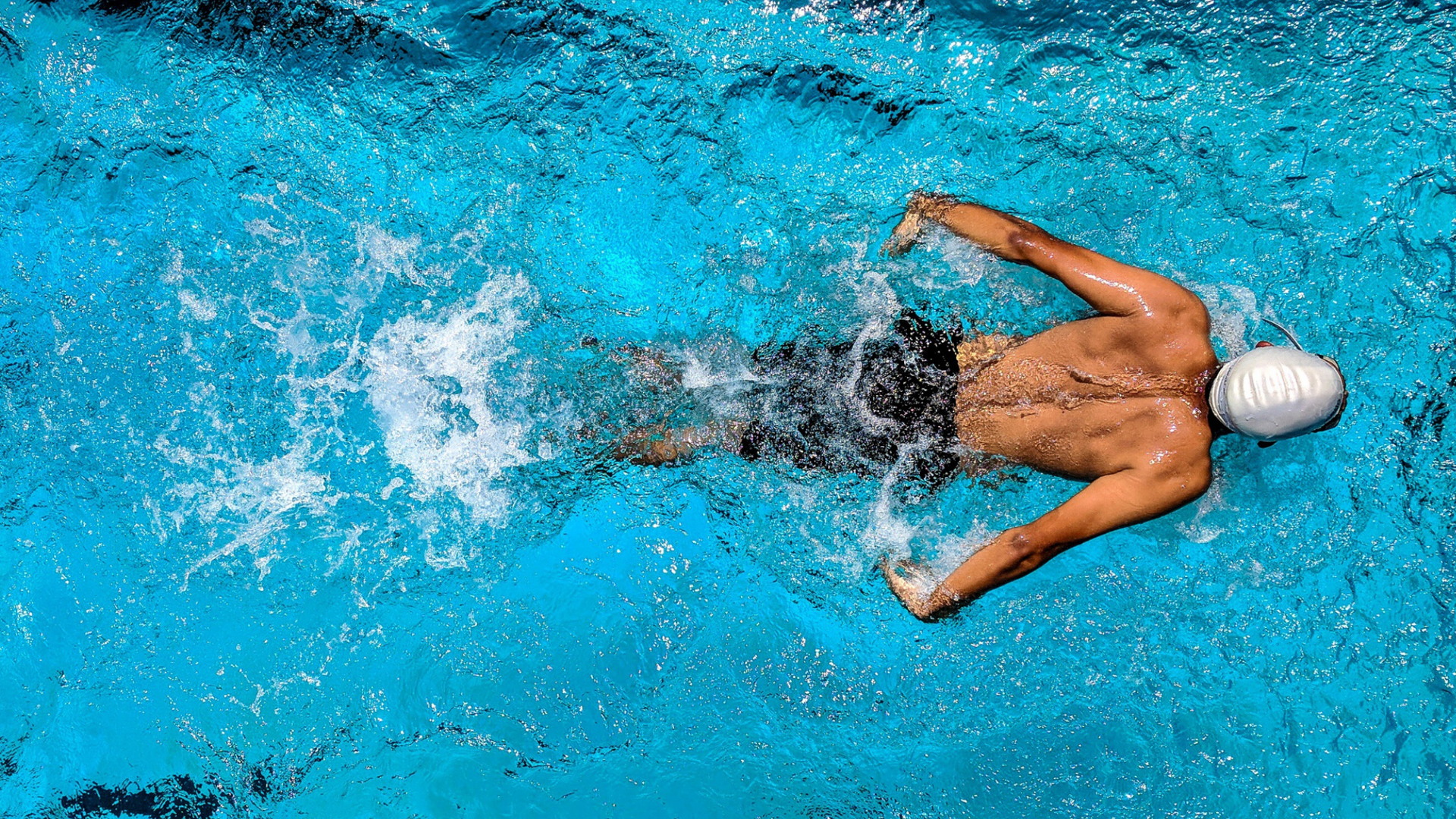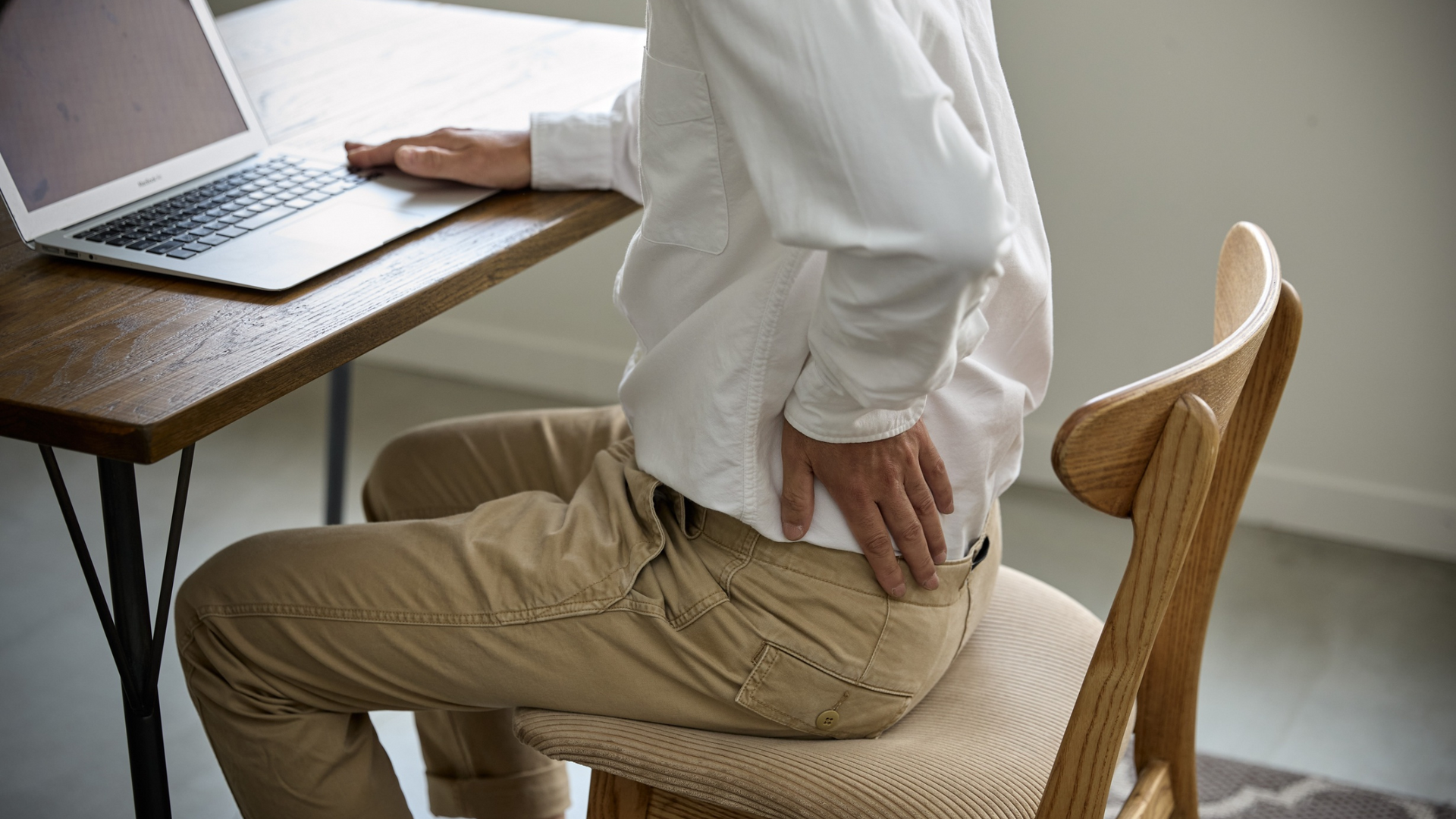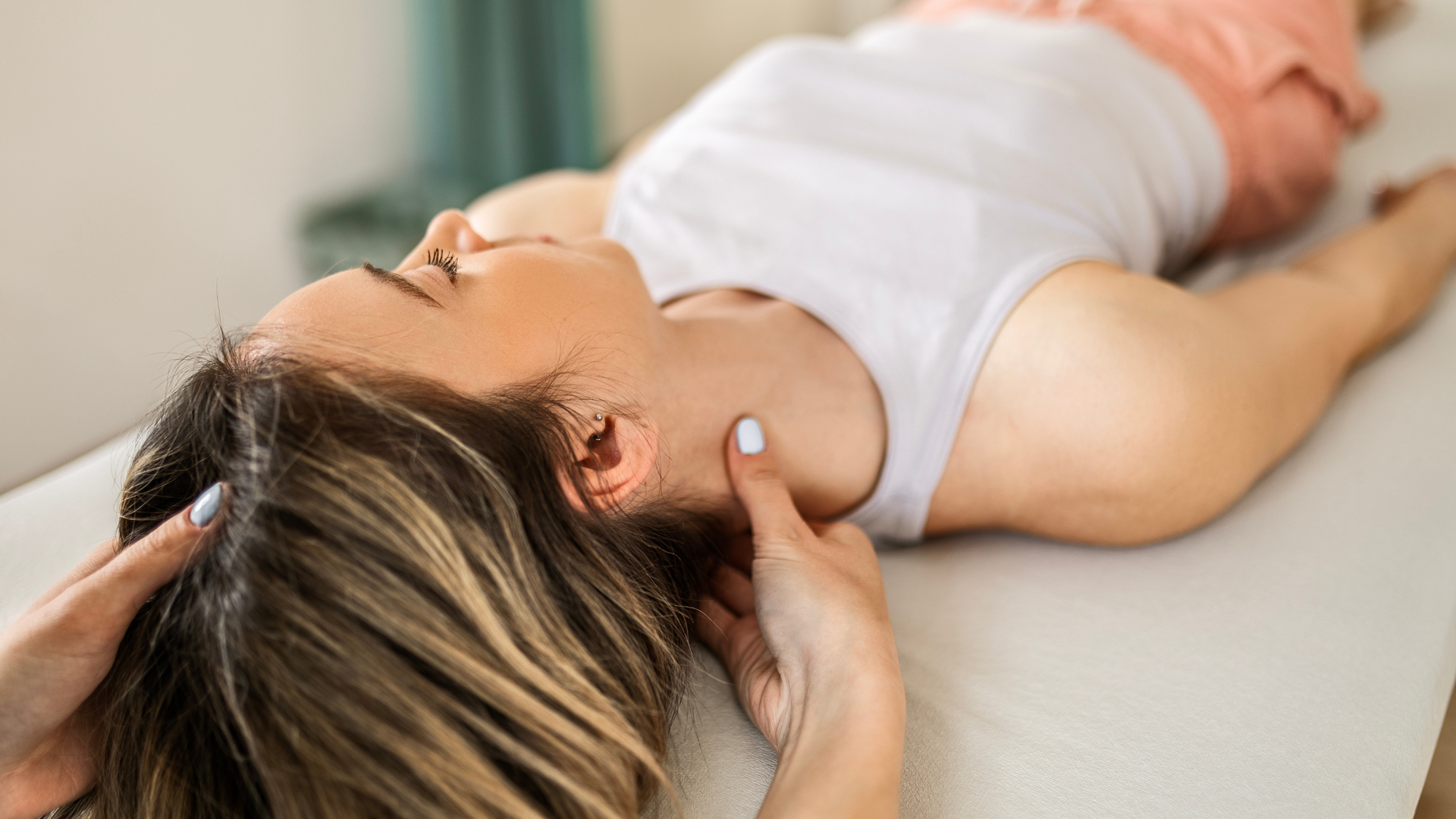Massage Therapy - Foot Reflexology
How foot reflexology can help reduce pain, stress and anxiety and compliment other health care strategies.
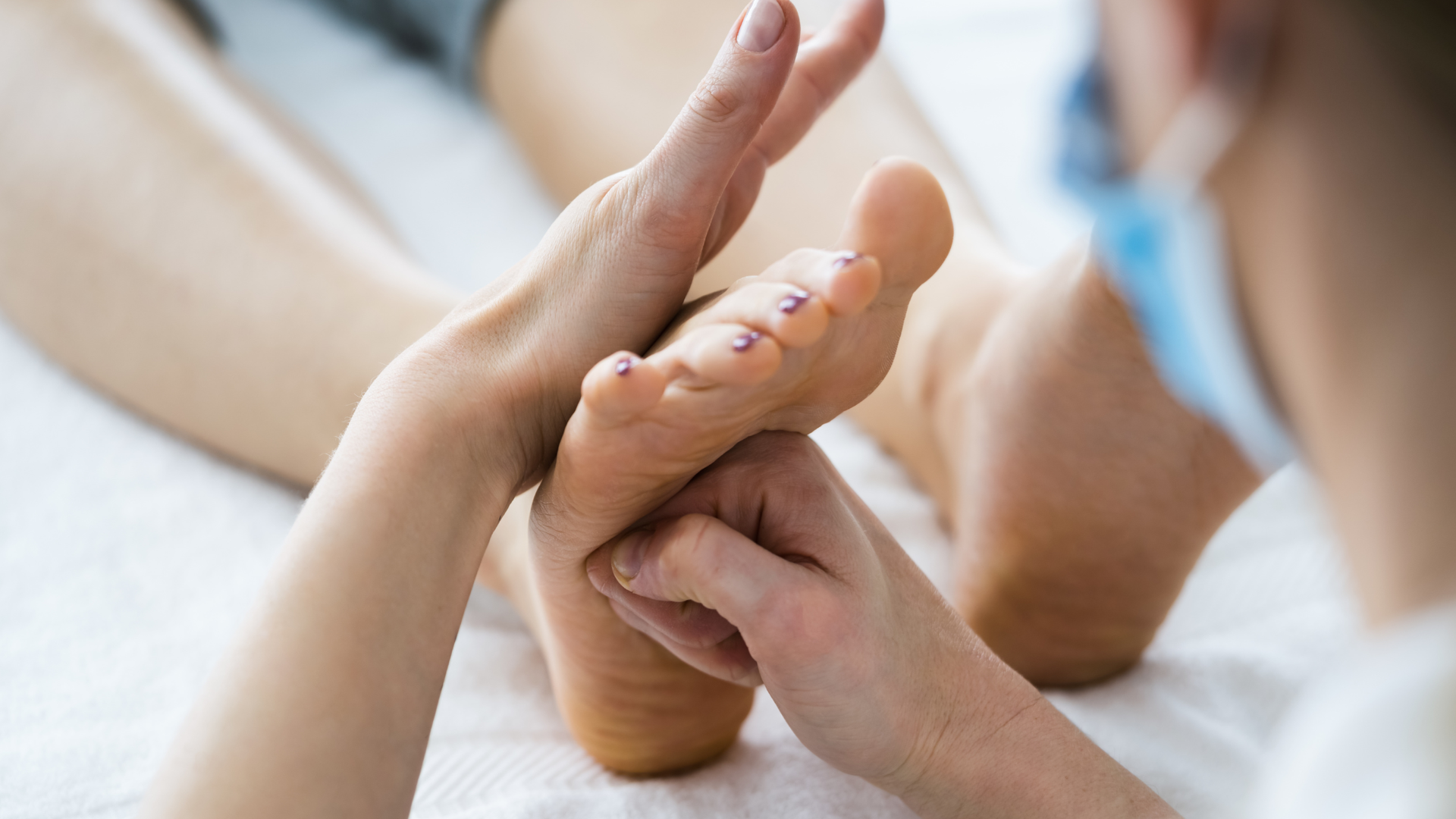
Foot reflexology is a widely practiced modality in complementary and alternative medicine, showing pronounced benefits for physical and mental health when applied judiciously and with professional care. As a specialized therapy, it involves applying targeted pressure to specific reflex points on the feet, which are believed to correspond with organs, glands, and other structures throughout the body. Unlike a conventional foot massage, which typically centres on relaxation and relieving muscular tension, reflexology takes a holistic approach rooted in the theory that stimulating certain zones on the foot can promote healing and balance in distant or underlying body systems.
Professional practitioners train to map and manipulate these reflex zones purposefully, seeking therapeutic outcomes beyond simple comfort or stress-relief.
Evidence-Based Benefits
Systematic reviews and randomized clinical trials within the last ten years have identified several notable benefits of foot reflexology, especially as an adjunct to mainstream healthcare. These include:
- Significant, measurable reductions in pain levels for patients recovering from surgical procedures such as open cardiac surgery and coronary artery bypass grafts, with reflexology sessions correlated to improvements in resilience, coping, and overall wellbeing.
- Meta-analyses have demonstrated marked improvements in depression, anxiety, and sleep quality, suggesting that reflexology may exert substantial psycho-emotional effects.
- Reduced medication burden for patients undergoing ongoing medical care, lowering the need for analgesics and sometimes improving medication tolerability.
- Improvements in quality of life for individuals undergoing haemodialysis or living with chronic health conditions, with better outcomes reported among reflexology as opposed to general foot or body massage.
- Enhanced relaxation, circulation, and systemic balance, making it useful for those seeking complementary approaches to chronic conditions like migraines, fatigue, and digestive complaints.
Despite these promising results, governmental and expert reviews have noted that the certainty of evidence for physical function remains very low for some indications and further well-controlled studies are needed.
How Foot Reflexology Differs from Other Adjunct Therapies
While foot reflexology and foot massage both involve manipulation of the feet, their intent and outcomes are fundamentally different. Foot reflexology is more precisely connected to systemic health outcomes. It is considered a deeper therapy, used to promote wellness at the level of body systems rather than just musculoskeletal comfort. Check out more of the differences between foot reflexology and foot massage here.
Safe Application Guidelines
Safe and effective foot reflexology requires adopting evidence-based approaches and awareness of individual client needs.
- Seek only certified reflexologists, preferably with medical or allied health training, who follow standardized pressure protocols and maintain client safety and comfort.
- Sessions are typically 30–60 minutes, with the practitioner working through mapped zones across both feet. Pressure should be firm but never painful; discomfort can be a sign the technique is too intense or contraindicated for the individual.
- Areas of localized pain, swelling, or injury should be avoided outright, and the reflexologist should always inquire about the client’s health history, recent medical procedures, or symptoms before commencing therapy.
- Clinical settings, such as those in postoperative care or oncology, may integrate reflexology into broader pain-management or psychological support programs, with careful monitoring of outcomes and adjustment as needed.
- Hygiene protocols must be strict, with foot washing and sanitization required before and after sessions.
Contraindications and Precautions
Reflexology, although generally safe, has important contraindications that must be respected to avoid adverse outcomes or delayed medical care:
- Active infections (e.g., athlete’s foot, cellulitis), open wounds, burns, or severe eczema or psoriasis on the feet.
- Recent fractures, foot or ankle surgery—wait for full healing before considering reflexology.
- Unstable heart conditions, especially if the client has a pacemaker or active cardiac symptoms. ALWAYS consult with a cardiologist or or your GP before proceeding.
- Deep vein thrombosis, severe varicose veins, internal bleeding, or any acute circulatory compromise.
- Pregnancy during the first trimester or with complications—specialized pregnancy reflexologists may be appropriate otherwise.
- Acute gastrointestinal symptoms (vomiting, diarrhea), contagious illnesses, or fever.
- Localized swelling, inflammation, severe pain, excessive bruising, or fresh scar tissue (wait appropriate healing time).
- Individuals under the influence of alcohol or recreational drugs should avoid reflexology.
Practitioners should screen for these conditions upfront, and clear client consent is a must before proceeding. Any adverse effects (e.g., increased pain, dizziness, heaviness of menstrual bleeding) should trigger immediate cessation and medical review.
Informed Use of Foot Reflexology
The clinical and research evidence from the past decade supports foot reflexology as an effective, non-invasive adjunct therapy for select populations. When performed by certified, experienced practitioners and appropriately screened for contraindications, it may offer significant pain relief, psychological balance, and improvements in quality of life for medical patients and healthy individuals alike.
The therapy stands apart from simple foot massage due to its focus on reflex zones and holistic benefits, and its application in clinical settings continues to expand as evidence accumulates.
All potential consumers should discuss reflexology with a trusted health professional and ensure their practitioner is aware of any health conditions or injuries before beginning.
The Take Home
Foot reflexology, when delivered by trained practitioners, is a safe, drug-free way to reduce stress, support pain relief, improve mood, and enhance wellbeing. It offers holistic benefits for many people but should be avoided in certain medical situations. Strict adherence to safety protocols and contraindication screening maximizes both its value and safety, making foot reflexology a respected partner in modern well-being and patient care. Always consult a healthcare provider before beginning therapy.
Do have pain, stress or anxiety? Perhaps you're just looking for a different way to relax? Give us a call.
At Movement for Life Physiotherapy, we have a fully qualified remedial massage therapist who is trained in a range of therapeutic techniques, including foot reflexology, who works with our clinical team to achieve outstanding results for you.
For more information and appointments, please contact us on 08 8945 3799 or book online.
Sources
- Artioli, D. P., Tavares, A. L. D. F., & Bertolini, G. R. F. (2021). Foot reflexology in painful conditions: systematic review. BrJP, 4(2), 145-151.
- Barefoot Holistics. (2024, June 5). Foot Massage vs Reflexology: Which is Best? https://barefootholistics.com.au
- Cai, D. C., Chen, C. Y., & Lo, T. Y. (2022). Foot Reflexology: Recent Research Trends and Prospects. Healthcare (Basel, Switzerland), 11(1), 9. https://doi.org/10.3390/healthcare11010009
- Cirino, E (2024). Reflexology 101. Healthline, https://www.healthline.com/health/what-is-reflexology
- Cleveland Clinic. (2022, August 29). Reflexology: What It Is and How It Works. https://health.clevelandclinic.org
- Davila, M. (2025). Reflexology as a Complementary Therapy: A Critical Review Toward a Definition Based on Its Neurophysiological Action.
- Department of Health, Australian Government. (2025). Natural Therapies Review 2024 – Reflexology evidence evaluation. Retrieved fromhttps://www.health.gov.au/sites/default/files/2025-03/natural-therapies-review-2024-reflexology-evidence-evaluation.pdf health.gov.au
- Healthland Spa. (2025, August 7). Foot Reflexology Massage Versus a Foot Massage. https://healthlandspa.com
- Klaus, M., Kutschan, S., Männle, H., Hübner, J., & Dörfler, J. (2024). Reflexology in oncological treatment–a systematic review. BMC complementary medicine and therapies, 24(1), 32.
- Northwich Foot Clinic. (2025, April 1). Who Should Avoid Reflexology? Contraindications & Guide. https://northwichfootclinic.co.uk/who-should-avoid-reflexology
- Quinn, D, & Bence, S (2025). Foot Reflexology Chart: How it works, potential risks and benefits. https://www.healthline.com/health/foot-reflexology-chart
- Senosy, A. M. K., Shady, R. H. A., Ahmed, Z. A., Aldeeb, A. A., Moustafa, M. S., & Hegazy, T. F. F. (2025). Effect of foot reflexology on relieving pain and improving resilience among patients undergoing coronary artery bypass graft. BMC nursing, 24(1), 1170. https://doi.org/10.1186/s12912-025-03860-w
- Skills Competences Canada. (n.d.). Foot Reflexology Contraindications. https://skillscompetencescanada.com
- Taheri Hatkehlouei, S. A., Sandanasamy, S., Yildirim, N., Karjalian, F., McFarlane, P., Farhadi, B., & Jaafari, B. (2024). Effects of reflexology on pain in patients with rheumatoid arthritis: A systematic review. Journal of Nursing Reports in Clinical Practice, 3(5), 469-477.
- Wang, W. L., Hung, H. Y., Chen, Y. R., Chen, K. H., Yang, S. N., Chu, C. M., & Chan, Y. Y. (2020). Effect of foot reflexology intervention on depression, anxiety, and sleep quality in adults: A meta‐analysis and metaregression of randomized controlled trials. Evidence‐Based Complementary and Alternative Medicine, 2020(1), 2654353.
- Yang, J. M., Li, Z. Q., Ye, H., Wu, Y. L., Long, Y., Zhong, Y. B., ... & Wang, M. Y. (2024). Effects of foot reflexology massage on pregnant women: a systematic review and meta-analysis of randomized controlled studies. Scientific Reports, 14(1), 1012.

